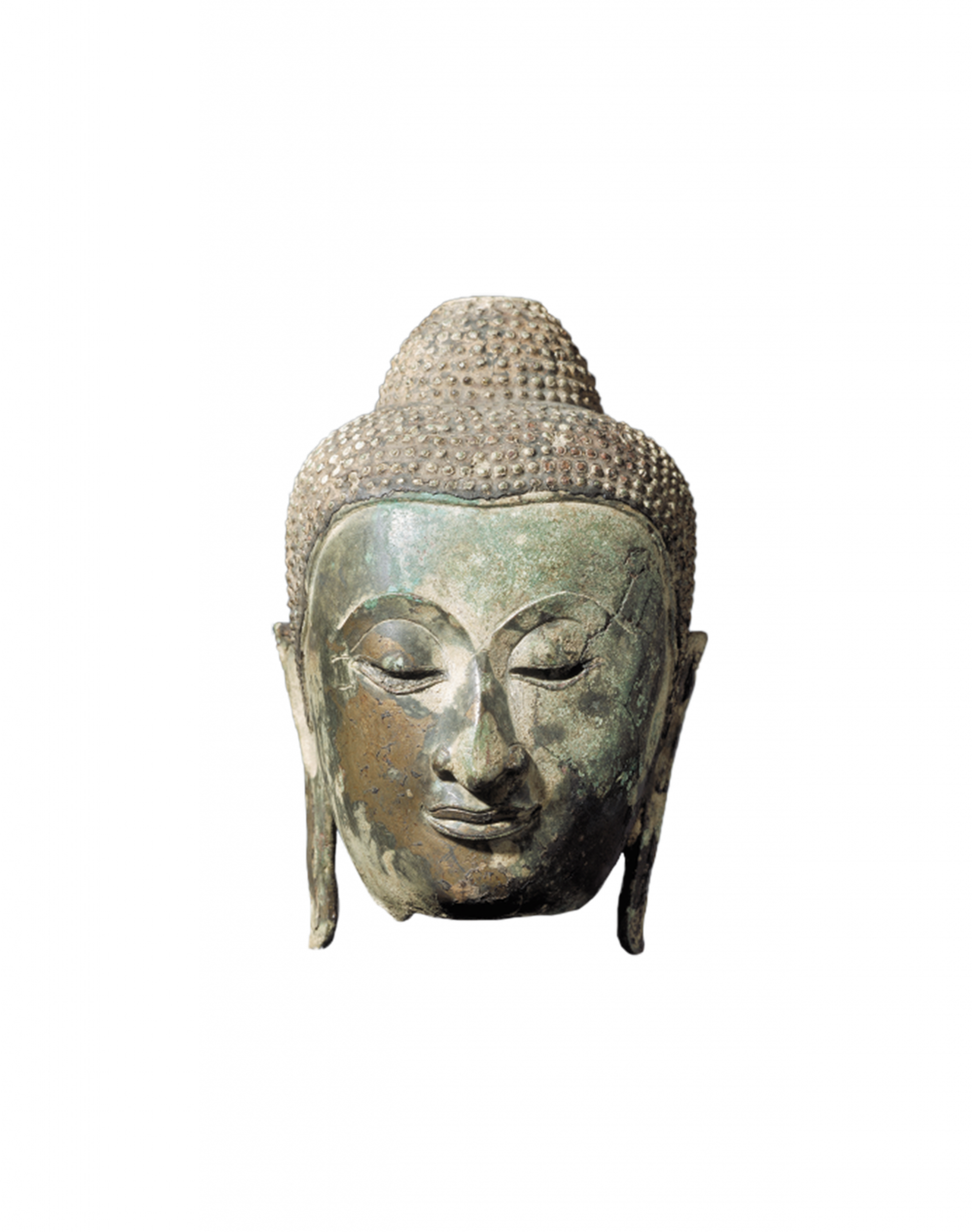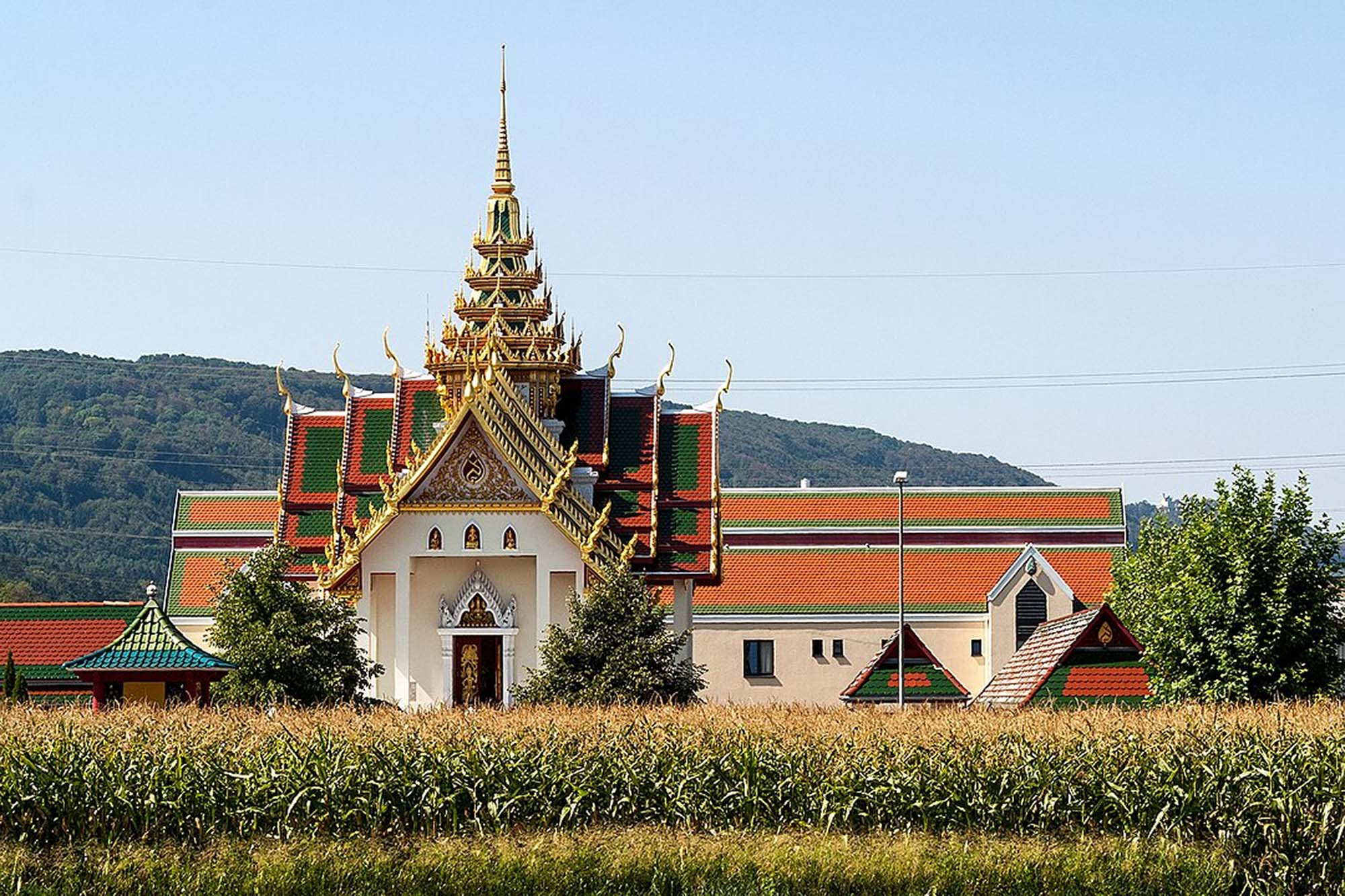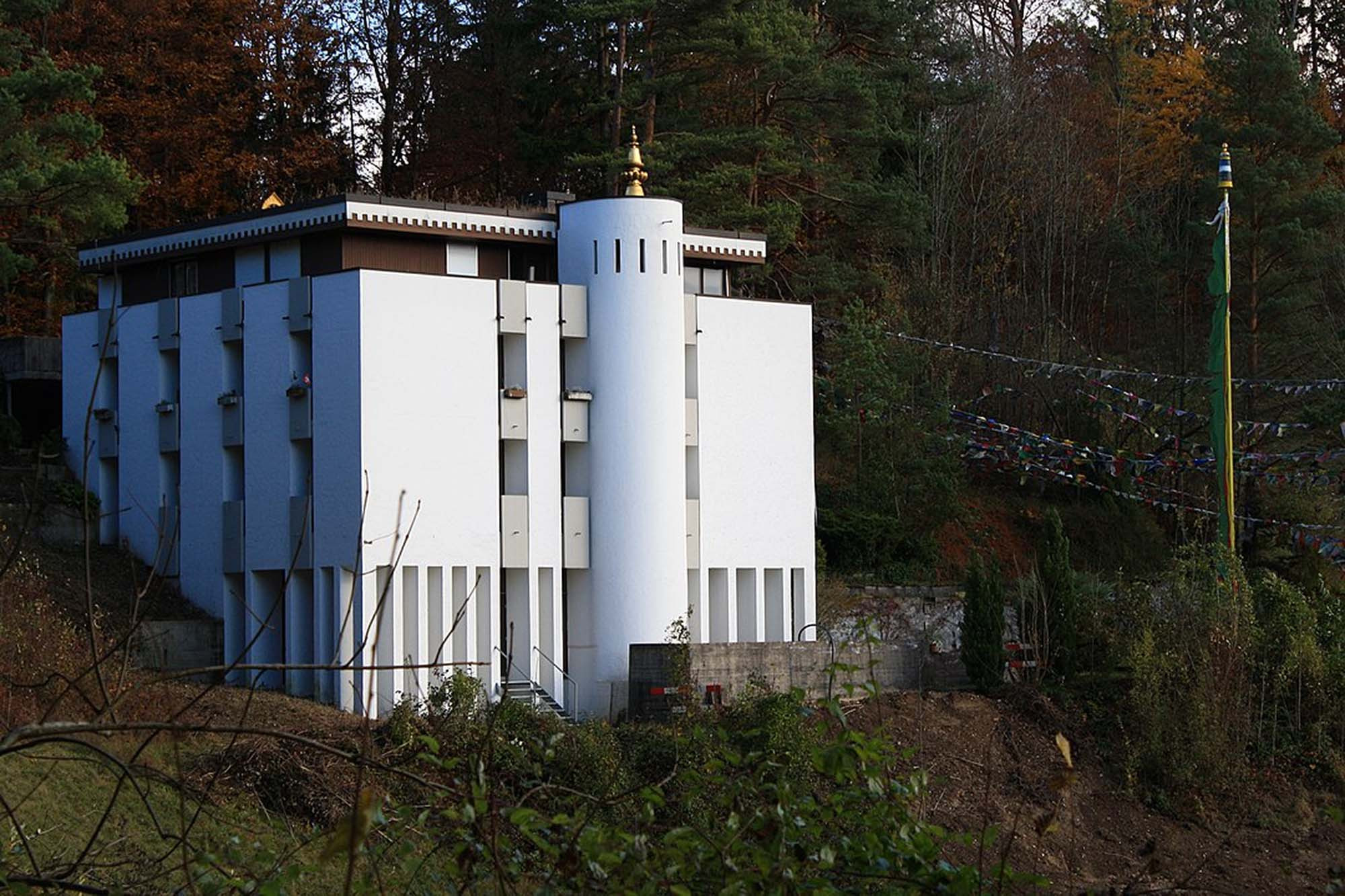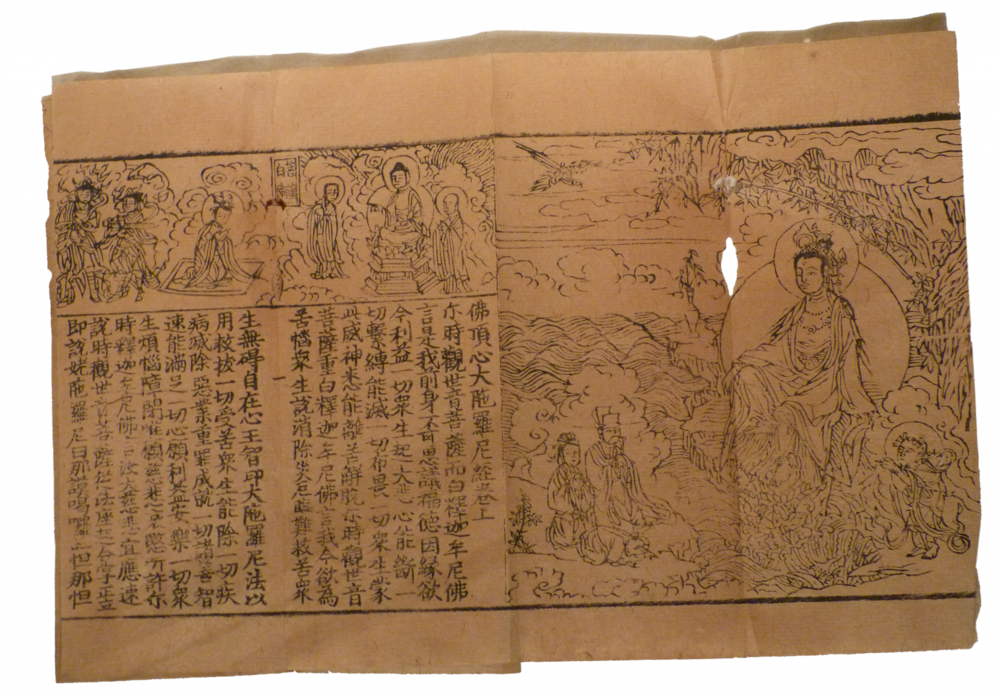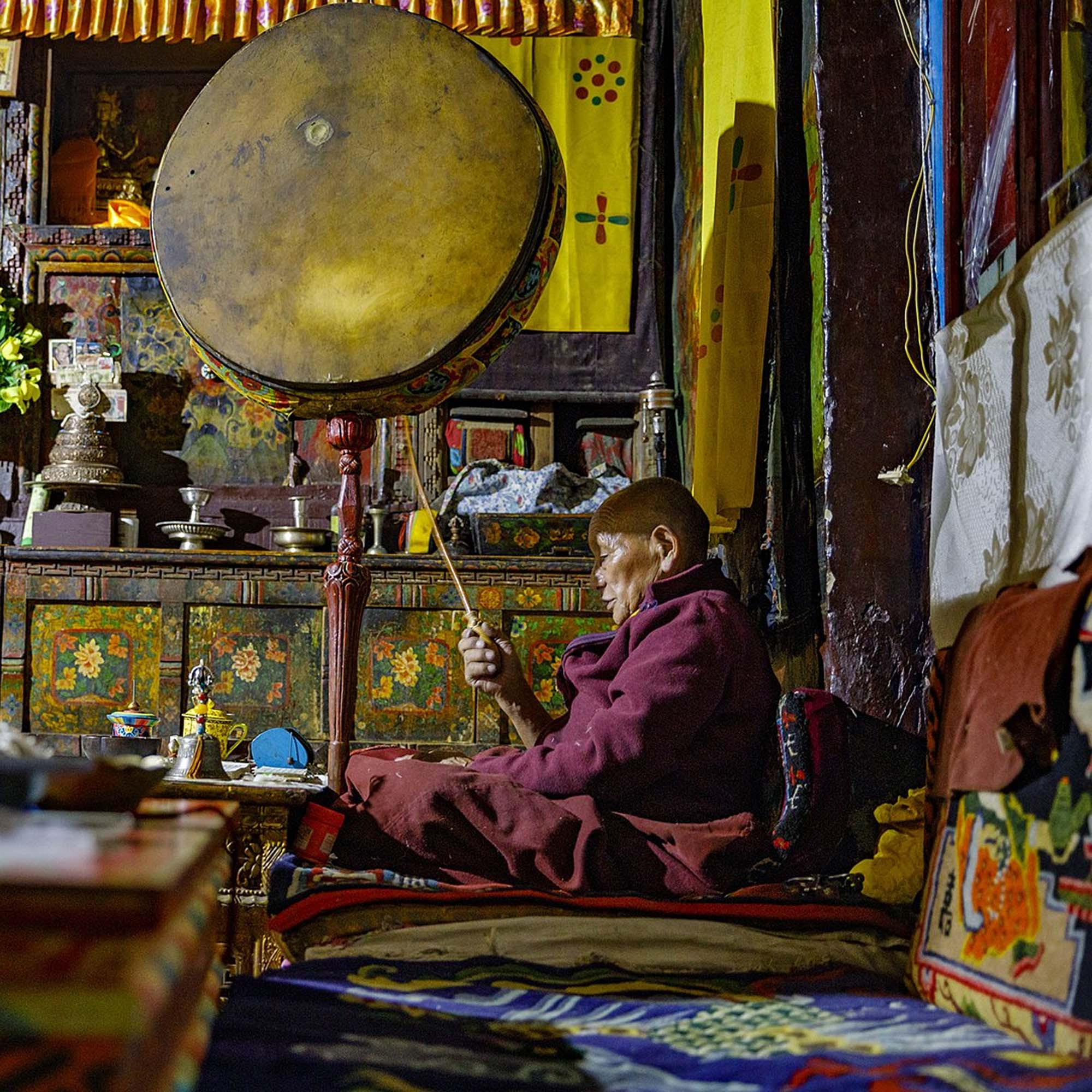Buddhism is one of the great world religions. Yet just as there is no one form of Islam or Christianity, there is not one form of Buddhism. Like other religions, Buddhism has continued to evolve over the course of its history and a number of diverse forms have emerged.
For centuries, people in India, Japan, Vietnam, Korea, and Tibet – and in recent years people in other countries as well, such as Switzerland – have continued to interpret the Buddhist teachings anew and to take them in new directions.
Some scholars in the field of religious studies even say that a new school of Buddhism has evolved in Europe and North America, one with its own specific interpretative tradition.
Since they first began exploring Buddhism in the 19th century, Western scholars have time and again questioned whether Buddhism is a religion at all, and whether it is not more of a philosophy.
